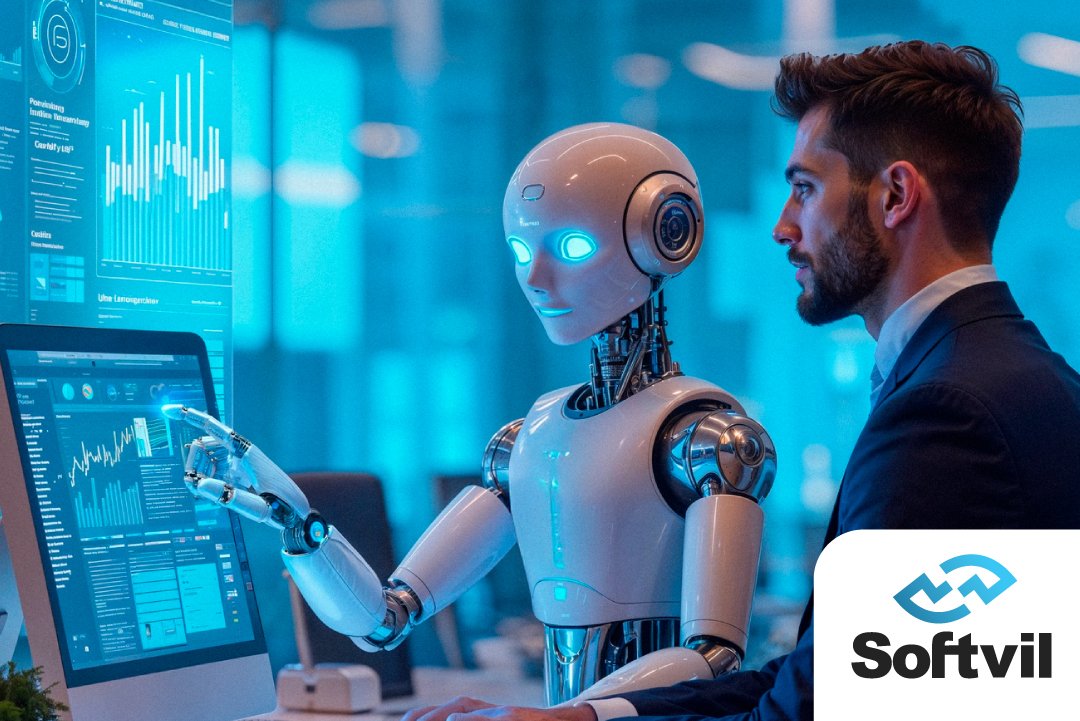Artificial Intelligence (AI) has already transformed modern life, from automating workflows to enabling real-time recommendations. But today, a more creative and human-like frontier is taking shape:
Generative AI (GenAI)
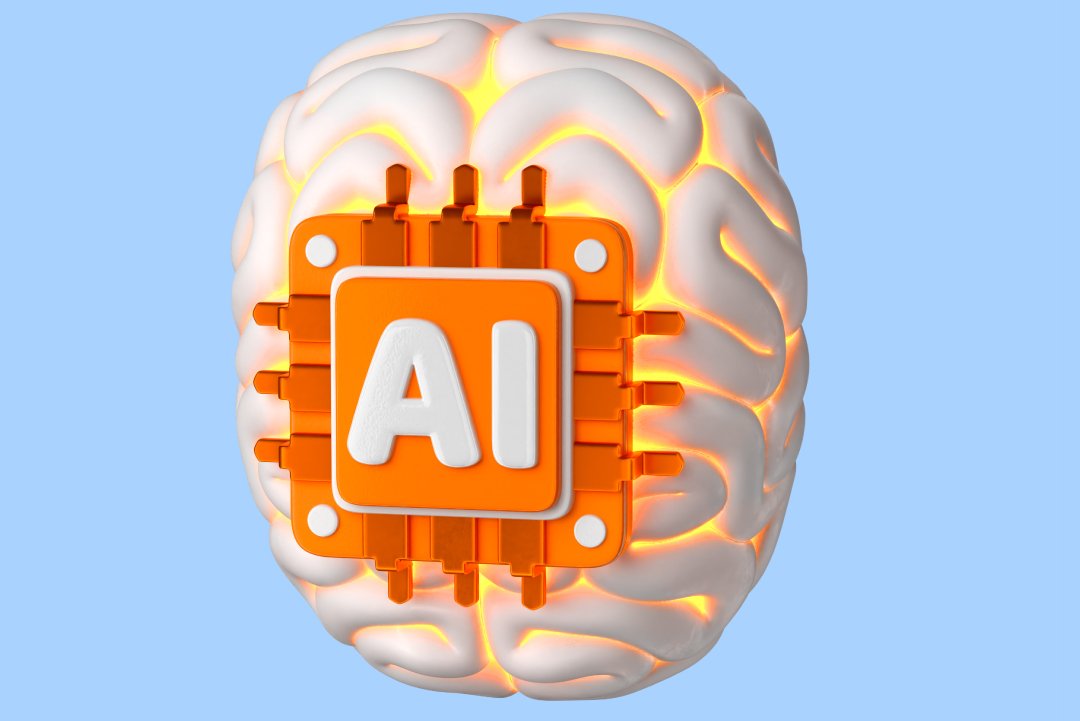
According to IBM, AI refers to systems that simulate human intelligence, while Google Cloud defines GenAI as a breakthrough in AI that focuses on generating new and original content. This article explores the core differences between AI and GenAI and why both are critical for the future of digital innovation.
What is Artificial Intelligence (AI)?
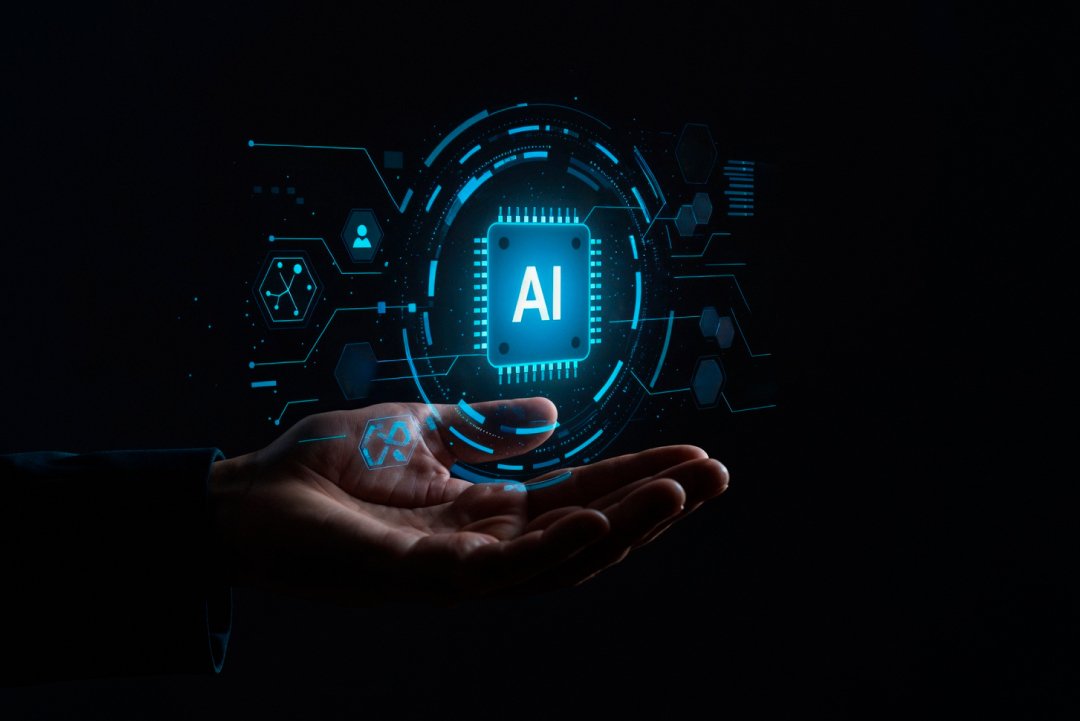
Artificial Intelligence is an umbrella term for technologies that replicate human cognitive functions like decision-making, learning, and problem-solving. Traditional AI applications often include predictive analytics, recommendation engines, and image recognition.
AI systems can range from rule-based automation tools to advanced deep learning models. As the OECD notes, AI spans a wide spectrum of capabilities, many of which are already embedded in business operations today.
Key Features of Traditional AI
- Task-Specific: Traditional AI models are typically designed for narrow applications, such as spam filtering or medical diagnosis.
- Data-Driven: They require structured datasets to learn from and optimize their outputs.
- Automation-Oriented: One of AI’s biggest advantages is automating repetitive tasks.
For example, NVIDIA highlights how traditional AI systems streamline processes in logistics, finance, and customer service.
What is Generative AI (GenAI)?
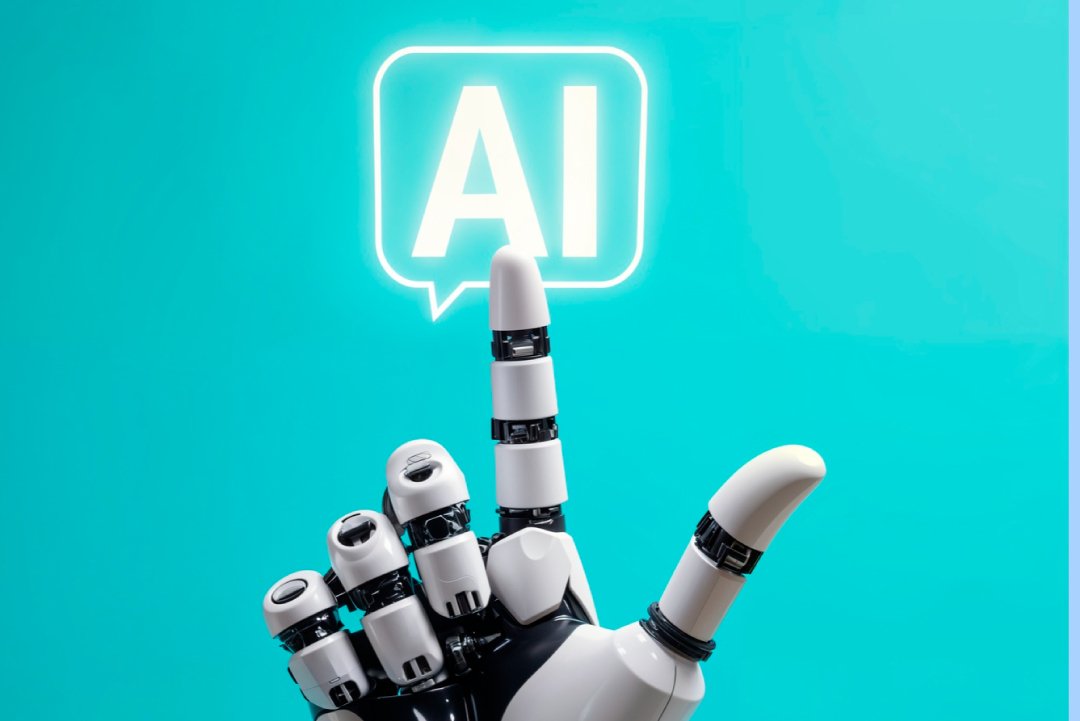
Generative AI refers to a subclass of AI that generates new content based on trained data. Unlike traditional AI, which analyzes or classifies, GenAI creates—text, images, music, code, and more.
A prime example is OpenAI’s GPT-4, which can write essays, solve problems, and simulate natural conversations. Similarly, DALL·E produces images from textual descriptions—pushing the boundaries of AI into the creative domain.
Key Features of GenAI
- Content Creation: From product descriptions to original music, GenAI produces high-quality, human-like output.
- Context Understanding: Using advanced natural language processing (NLP), GenAI understands nuance and responds accordingly.
- Personalization: GenAI tools can tailor content to individual preferences, as seen in marketing and entertainment.
More on these capabilities is available in this overview by Towards Data Science.
GenAI vs. AI: Key Differences
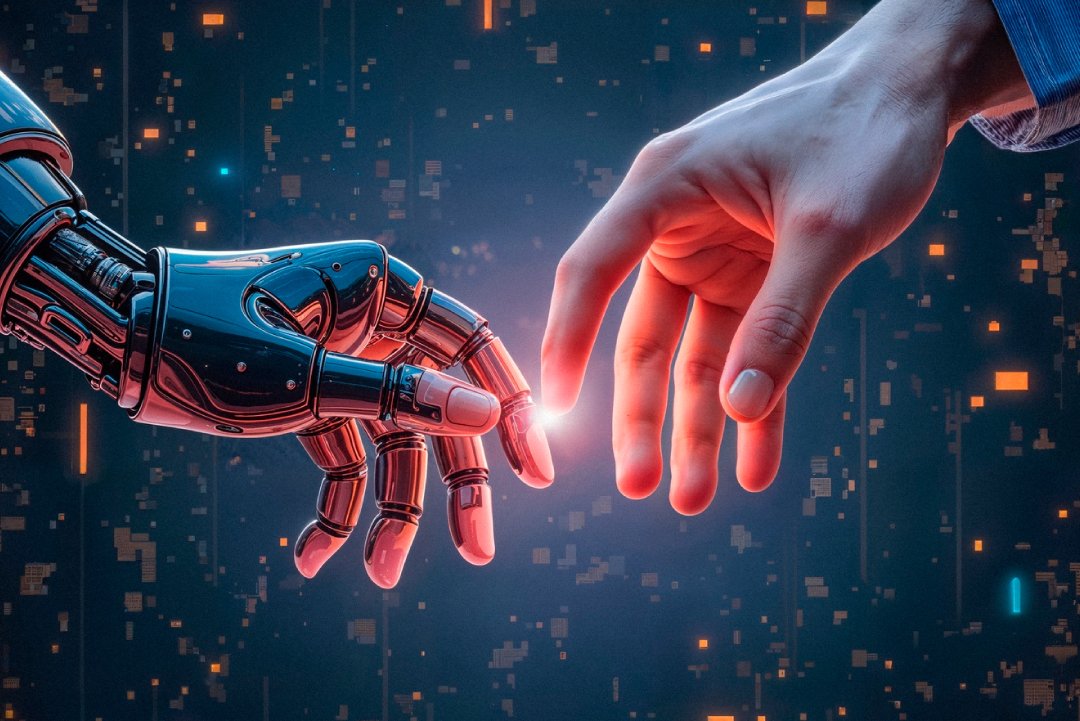
|
Aspect |
Traditional AI |
Generative AI (GenAI) |
|
Purpose |
Automate decision-making and analysis |
Create new content |
|
Functionality |
Classifies, predicts, or optimizes |
Generates text, images, music, etc. |
|
Technologies |
Machine Learning, Decision Trees, CNNs |
Transformer models like GPT, Diffusion Models |
|
Data Requirements |
Structured, labeled data |
Vast unstructured datasets |
|
Output |
Predictions or actions |
Novel human-like content |
As Forbes explains, the biggest shift with GenAI is its ability to create rather than compute.
Real-World Applications
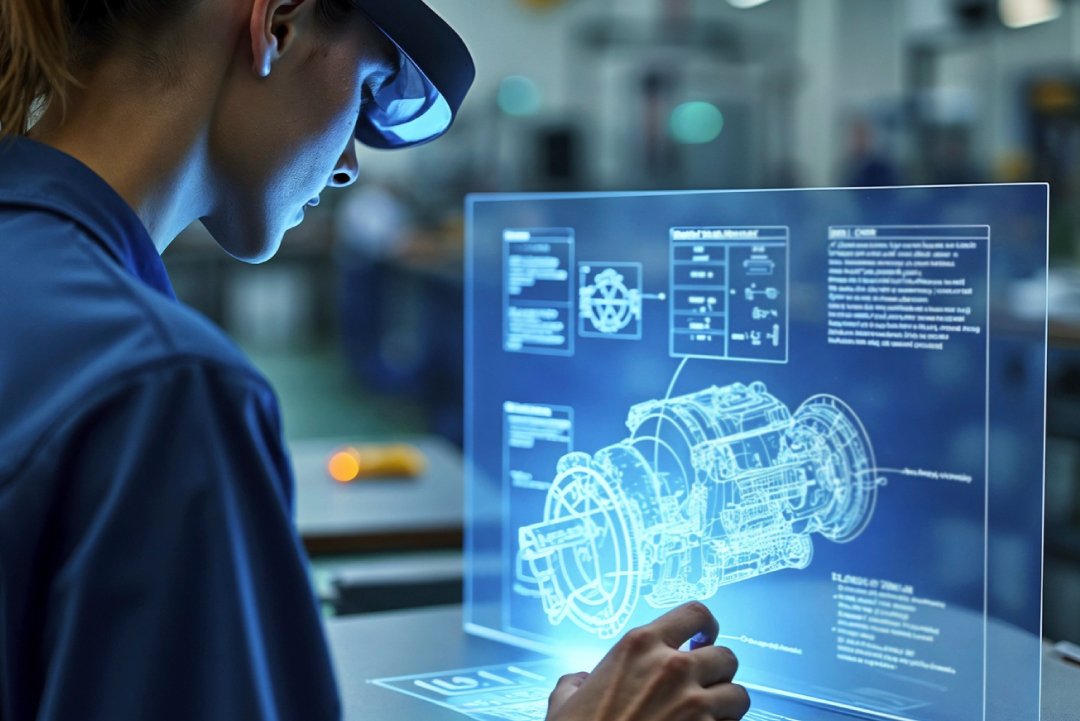
AI in Action
Traditional AI is already widely used in:
Customer Service
- Intelligent Chatbots: Gartner reports that rule-based chatbots can handle up to 70% of routine customer queries, saving time and resources. Companies like Zendesk implement AI to automatically route inquiries to the right department.
- Customer Insights: IBM Watson analyzes customer data to identify patterns and predict needs, helping service representatives provide more personalized assistance.
- Voice Recognition Systems: Call centers use Amazon Connect to identify customers, verify identities, and provide self-service options through natural language processing.
Healthcare
- Diagnostic Tools: Google Health has developed AI that can detect diabetic retinopathy with over 90% accuracy, comparable to human specialists.
- Patient Monitoring: Current Health uses AI to analyze vital signs and alert healthcare providers to potential deterioration before symptoms become severe.
- Administrative Efficiency: Olive AI automates repetitive tasks in healthcare administration, reducing errors and freeing staff for patient care.
Finance
- Fraud Detection: Mastercard utilizes AI to monitor transactions in real-time, identifying suspicious patterns that may indicate fraud.
- Algorithmic Trading: Firms like Two Sigma apply machine learning to analyze market data and execute trades at optimal times.
- Credit Risk Assessment: Upstart employs AI to evaluate loan applications using alternative data, expanding access to credit for underserved populations.
GenAI in Action
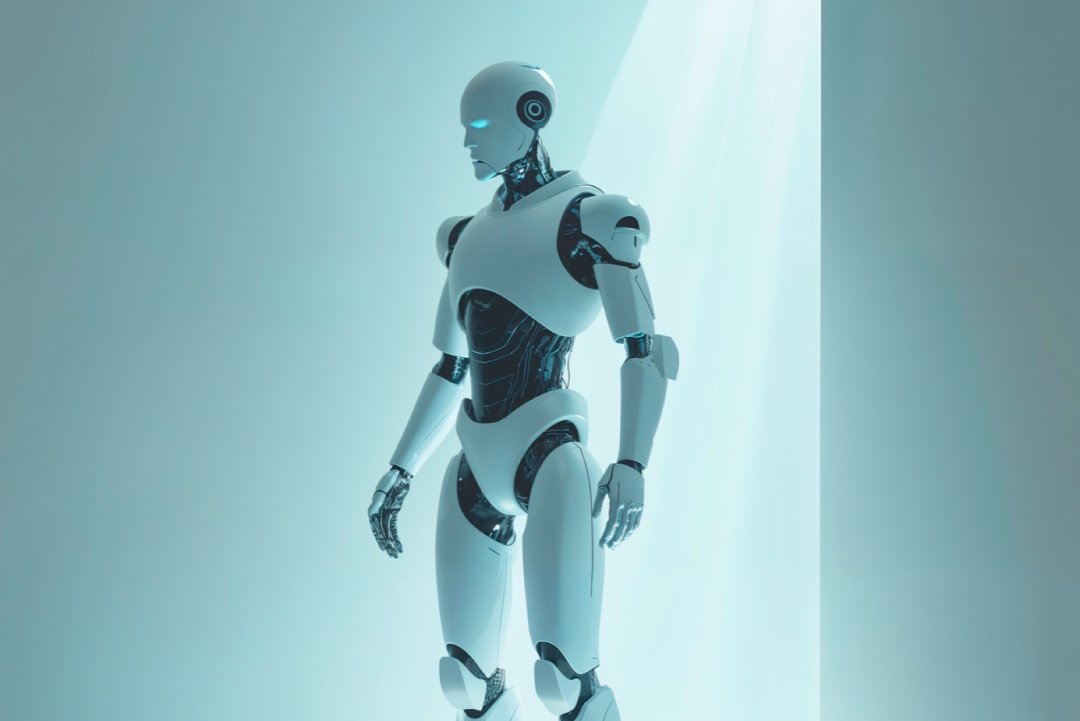
GenAI adds creativity to automation. Examples include:
Content Creation
- Automated Writing: ChatGPT by OpenAI can draft emails, reports, and marketing copy that often matches human quality. The Washington Post uses AI to generate basic news stories for sporting events and financial updates.
- Marketing Platforms: Jasper and Copy.ai create tailored marketing content, product descriptions, and social media posts, with Jasper reporting time savings of up to 50% for marketing teams.
- Script Development: Scriptbook uses GenAI to analyze screenplays and suggest improvements based on audience preferences and historical performance data.
Visual Arts
- Image Generation: Midjourney creates stunning artwork and illustrations from text prompts, now used by professional designers for concept development.
- Design Tools: Adobe Firefly integrates generative AI into creative workflows, allowing designers to generate and modify images with natural language commands.
- Video Creation: Runway enables users to generate and edit video content through text prompts, revolutionizing the production process for content creators.
Software Development
- Code Generation: GitHub Copilot assists developers by suggesting code completions and entire functions, with early adopters reporting 55% faster coding.
- Bug Detection: DeepCode by Snyk identifies potential bugs and security vulnerabilities in code before deployment.
- Automated Testing: Diffblue generates unit tests automatically, ensuring comprehensive code coverage without manual test writing.
Education
- Personalized Learning: Khan Academy’s Khanmigo uses GenAI to create customized learning paths and provide individualized tutoring.
- Content Generation: Quizlet leverages GenAI to create study materials, practice questions, and explanations tailored to students’ learning needs.
- Language Learning: Duolingo Max employs generative AI for natural conversations and explains language rules in context.
According to Adobe, creative industries are rapidly adopting GenAI for design mockups, video editing, and content generation, with 72% of creative professionals already incorporating AI tools into their workflows.
Conclusion
While traditional AI remains the backbone for business process automation and data analytics, Generative AI is opening new frontiers in personalization and creativity. Together, these technologies redefine what’s possible across industries, from healthcare to entertainment, finance to education.
Organizations that successfully integrate both technologies gain a competitive advantage by combining the analytical power of traditional AI with the creative capabilities of GenAI. This dual approach allows businesses to not only optimize existing processes but also innovate entirely new products, services, and customer experiences.
The future of AI lies in this complementary relationship—using traditional AI for its precision in data analysis and decision support, while leveraging GenAI for content creation, ideation, and more human- like interactions. As these technologies continue to evolve, the distinction between them may blur, creating even more powerful tools that combine the best aspects of both approaches.
Forward-thinking leaders are already developing comprehensive AI strategies that incorporate both technologies, focusing on use cases where each excels while ensuring appropriate governance, transparency, and ethical considerations. By understanding the unique strengths and applications of both traditional AI and GenAI, businesses can innovate smarter and deliver more value to users in our increasingly digital world.
References
- “What is Artificial Intelligence?” IBM Cloud Learn Hub.
- Google “Generative AI on Google Cloud.”
- “Artificial Intelligence.” Going Digital.
- “What is Artificial Intelligence?” NVIDIA Data Science Glossary.
- “GPT-4.” OpenAI Research.
- “DALL·E.” OpenAI.
- “The Difference Between Generative AI And Traditional AI.” Forbes Technology Council.
- “Chatbots Are Changing How Customers Engage with Brands.”
- “AI Content Creation Guide.” Adobe Blog.
- Towards Data “Understanding Generative AI and Its Impact.”
- “GitHub Copilot.” GitHub Features.
- “AI Content Platform.”
- Midj “AI Image Generation.”
- Khan Academy. “Khanmigo AI Tutor.”

